There’s something timeless about the way Hoher Berg sits against the morning haze, not exactly towering, but definitely a challenge for any car pretending to be more than a city commuter. Which is why I brought the Honda Jazz here. Not just any Jazz, but both versions of Honda’s hybrid-only fifth-generation subcompact: the standard Jazz and its rugged sibling, the Jazz Crosstar. The goal? To see how these urbanites handle winding mountain roads, tight corners, and the unpredictability of real-world driving.
Despite their modest footprint, both Jazz models make big claims: versatile interiors, tech-laden cabins, clever hybrid drivetrains, and of course, the legendary Magic Seats. But claims are easy. Proving them on steep inclines and gravel switchbacks is a whole other story.
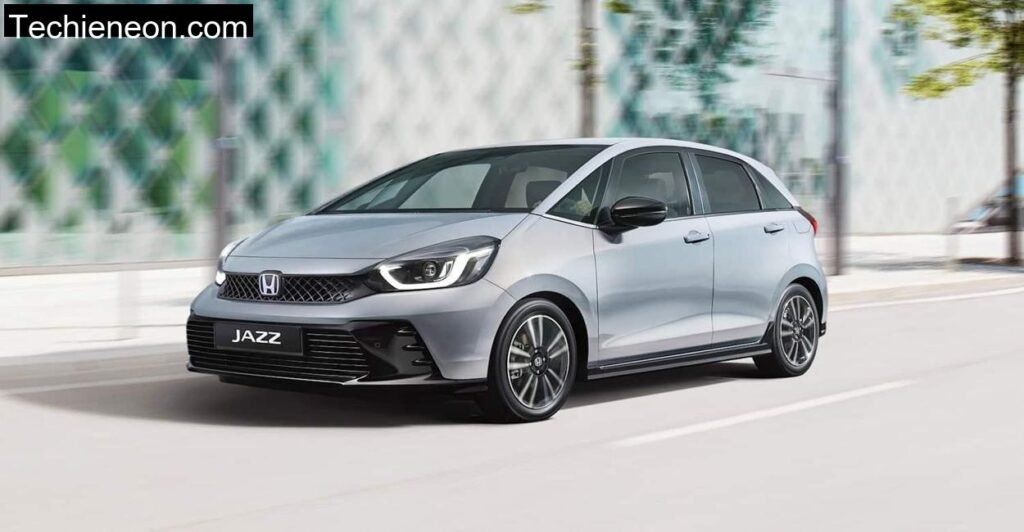
Good Features, High Price
Let’s get this out of the way: the Honda Jazz doesn’t come cheap. The base price starts at €26,950,not exactly pocket change for a car that still falls into the “subcompact” category. But unlike most small cars, the Jazz doesn’t feel barebones at all. Right from the Elegance trim, Honda piles on features that many rivals hide behind expensive options packs.
You get LED headlights with high-beam assist, adaptive cruise control, lane keeping, collision warning, heated seats, and a 9-inch touchscreen infotainment system with a 7-inch digital display behind the wheel. Honda’s “Magic Seats” are still present, those ingenious rear seats that flip up like cinema chairs to create tall storage space behind the front seats. It’s the kind of feature you don’t know you need until you haul plants, bikes, or awkwardly shaped furniture.
But the best part? It all feels like it belongs. Nothing seems slapped on or gimmicky. The Jazz delivers its features with a sort of quiet confidence, just like its hybrid drivetrain.
Finally a Car With Good All-Round Visibility
Driving up the first stretch of the Hoher Berg, visibility makes a surprising difference. With every twist and blind curve, the Jazz’s narrow A-pillars and massive windows become its secret weapon. Unlike most modern cars that seem intent on turning drivers into submarine captains, the Jazz actually lets you see out of the damn thing.
Even in tighter switchbacks, I never found myself nervously craning my neck or second-guessing blind spots. Parking in a crowded lot earlier that day? Easy. Reversing near a cliff edge? Weirdly calm. It’s not sexy, but when you live with a car, visibility matters. And the Jazz gets it right.
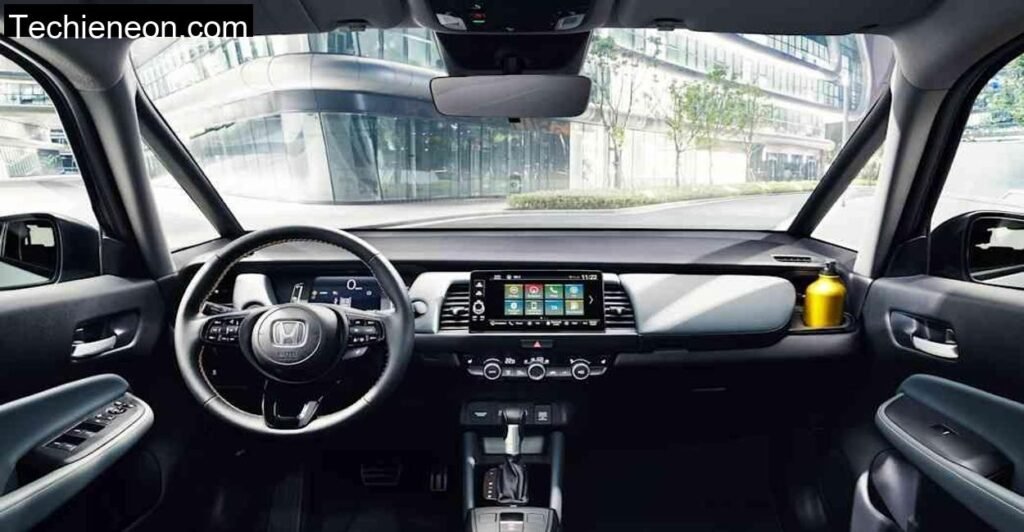
Honda Jazz Hybrid: One Petrol Engine, Two Electric Motors
The Jazz doesn’t use a conventional hybrid setup. Instead, Honda uses its clever e:HEV system: a 1.5-liter Atkinson-cycle petrol engine working alongside two electric motors, one for propulsion, the other as a generator. Most of the time, especially in urban driving or mild acceleration, the Jazz is effectively an EV, using its electric motor for propulsion while the petrol engine charges the battery.
This leads to two key benefits: instant torque (so important when darting into gaps in traffic or climbing inclines like the Hoher Berg), and excellent fuel efficiency in low-speed conditions. Unlike many hybrids that still feel sluggish from a stop, the Jazz takes off briskly, especially noticeable on those tight uphill hairpins where you’d expect a small engine to falter.
Updated in 2023, the main electric motor now delivers 90 kW (122 hp) and 253 Nm of torque, more than enough for its 1,250 kg weight. Both versions can reach 175 km/h, though it’s the 0–100 km/h time of around 9.4 seconds (Crosstar: 9.7 sec) that matters most in daily life. Overtaking uphill? The Crosstar’s 60–100 km/h time of 5.8 seconds speaks volumes.
Engine: Wonderfully Quiet to Annoyingly Loud
Rolling through the lower forest roads of the Hoher Berg in EV mode, the Jazz was nearly silent, a soothing glide punctuated only by the crunch of gravel and the occasional birdsong. It’s in these moments that Honda’s hybrid setup shines. You can sneak through the early morning stillness of a mountain village without waking a soul.
But hit a long incline and step harder on the throttle, and that serenity disappears. The petrol engine kicks in loudly, not because it’s underpowered, but because the e-CVT revs it to maintain optimal generator output. It’s a functional noise, not a mechanical failure, but it sounds like the engine is pleading for mercy.
The Robust Variant Jazz Crosstar
Visually, the Crosstar is the one that draws attention. A little taller (by 3 cm), longer (4.11 m vs. 4.05 m), and with bolder detailing, it carries itself with SUV-lite swagger. Think plastic cladding, roof rails, wider track, and two-tone 16-inch alloys. The seats even get water-repellent fabric, perfect if your hobbies include kayaking, trail running, or spilling coffee.
On the Hoher Berg, the extra ground clearance and slightly stiffer ride actually came in handy. While no one’s taking this thing off-roading, it handles gravel shoulders and rough pavement better than the regular Jazz. The Crosstar costs €1,200 more, but if you live in a hilly or rural area, it’s the version I’d choose.
That said, it does lose some safety features. There’s no blind spot monitoring or rear cross-traffic alert, since Honda didn’t equip the Crosstar with rear radar. It’s a strange omission for an otherwise practical city runabout.
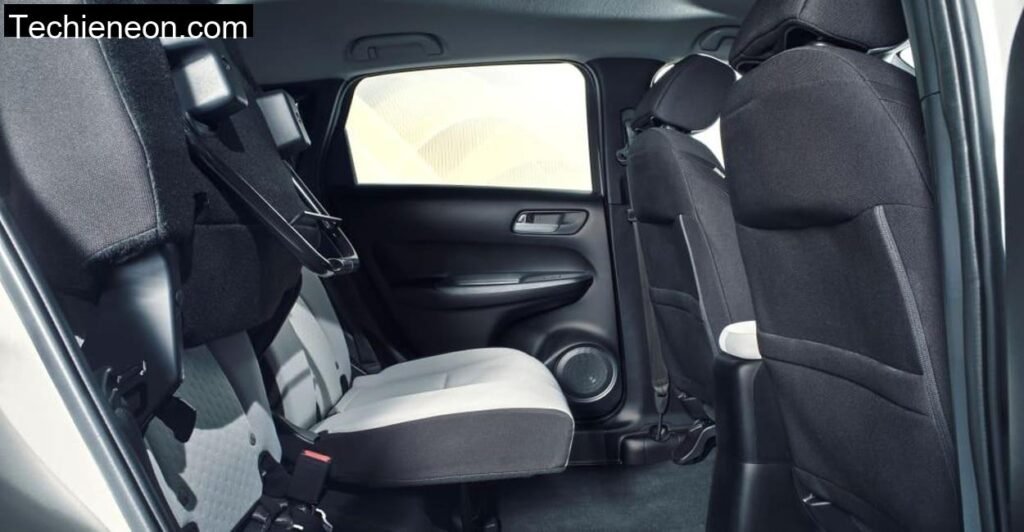
Technical Specification
To make sure everything is correct, we use technical details straight from Honda’s official websites.
| Specification | Details |
| Powertrain | Hybrid (1.5L petrol engine + 2 electric motors) |
| System Power Output | 90 kW (122 hp) |
| System Torque | 253 Nm |
| Transmission | e-CVT (electronically controlled continuously variable transmission) |
| Drive Type | Front-wheel drive (FWD) |
| Acceleration (0–100 km/h) | 9.4 seconds |
| Top Speed | 175 km/h |
| Fuel Consumption (WLTP Combined) | 4.6 liters/100 km |
| CO₂ Emissions (WLTP) | 142 g/km |
| Fuel Tank Capacity | 40 liters |
| Trunk Capacity | 298 – 1203 liters |
| Vehicle Length | 4.05 meters |
| Vehicle Width | 1.69 meters |
| Vehicle Height | 1.53 meters |
| Wheelbase | 2.52 meters |
| Curb Weight | Approximately 1250 kg |
| Turning Circle | 10.1 meters |
| Tire Size | 185/60 R15 or 185/55 R16 (trim dependent) |
| Headlights | Full LED with automatic high-beam |
| Infotainment Display | 9-inch touchscreen |
| Instrument Cluster | 7-inch digital display |
| Safety Features | Collision mitigation braking, lane keeping assist, adaptive cruise control, traffic sign recognition, front and rear parking sensors |
| Interior Highlight | Magic Seats with multiple cargo/folding configurations |
| Starting Price | €26,950 (as of December 2024) |
Conclusion
Driving the Honda Jazz and Jazz Crosstar up the Hoher Berg wasn’t just an eco-conscious experiment, it was a genuine test of capability. And the takeaway? The Jazz isn’t just a practical hybrid; it’s a clever, well-engineered answer to real-world needs.
Yes, the price stings. Yes, the engine gets loud. But for city driving, suburban runs, and even the occasional countryside climb, the Jazz delivers comfort, space, safety, and efficiency in a way few others manage. The Crosstar version, with its extra ride height and rugged charm, is the icing on a very clever cake.
Honda didn’t just make a hybrid subcompact, they made one you’ll want to use every day.
Is the Honda Jazz a plug-in hybrid?
No. The Honda Jazz uses a self-charging hybrid system. It recovers energy during braking and uses the petrol engine to generate electricity but cannot be plugged in.
How do the Magic Seats in the Honda Jazz work?
The rear seat bases can be folded up vertically, allowing tall items (like bikes or houseplants) to be stored behind the front seats. The rear seatbacks also fold flat for larger cargo.
Which model is better for rural areas, Honda Jazz or Crosstar?
The Crosstar. With its higher ride height, water-repellent seats, and slightly more robust suspension, it handles poor roads and gravel tracks more confidently than the standard Jazz
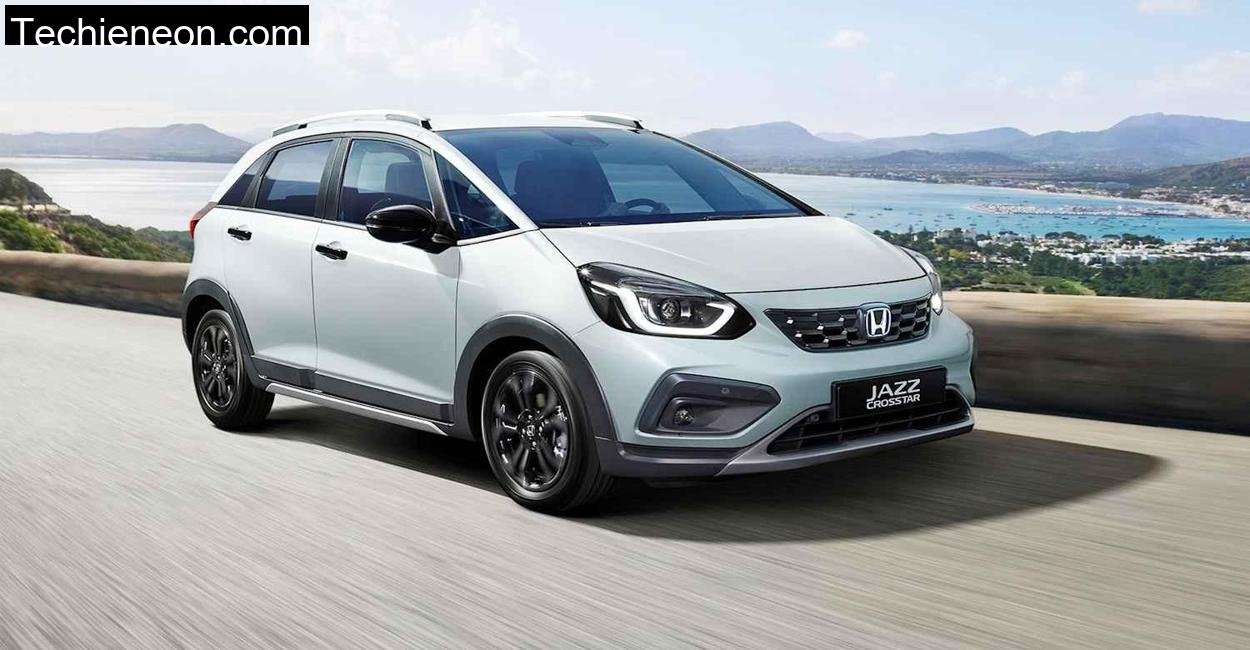
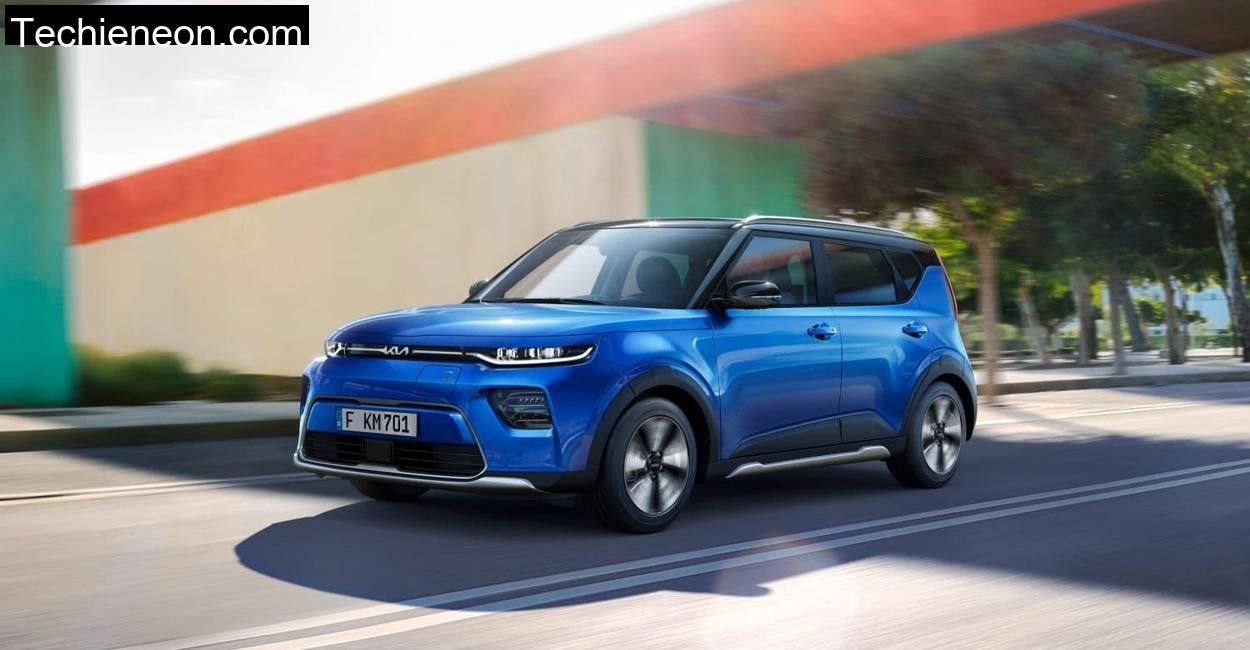

Leave a Comment